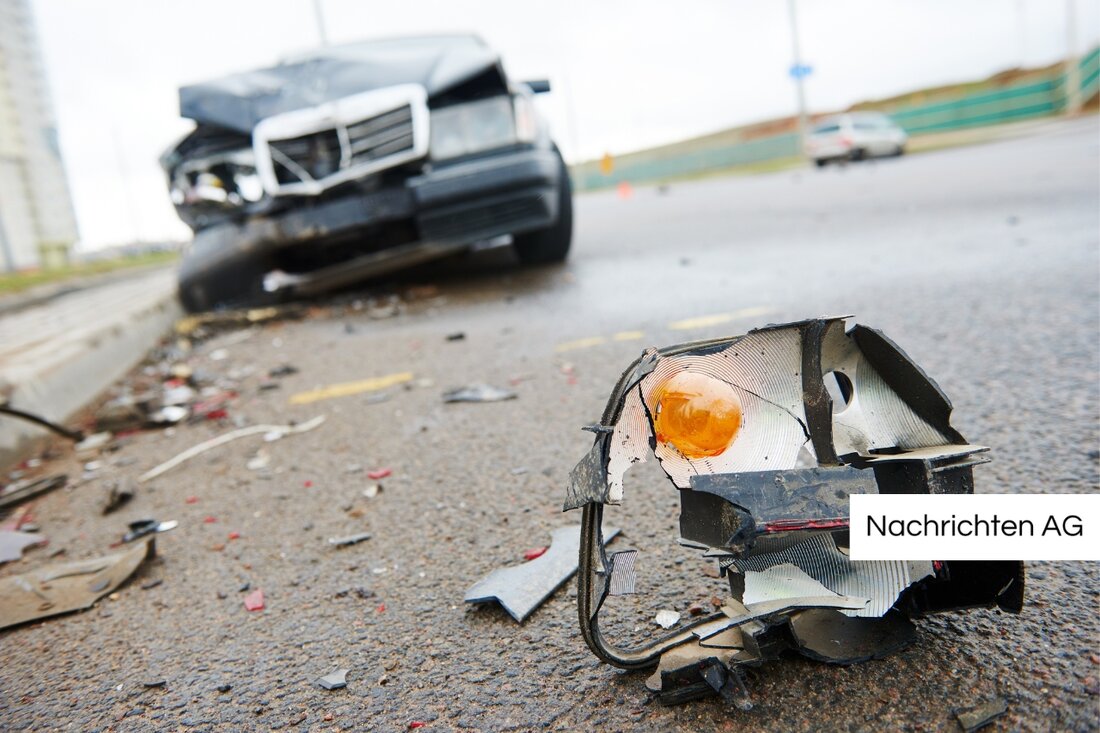Horror accident in Lisbon: 16 dead in cable car disaster!
On September 7, 2025, a tragic cable car accident occurred in Lisbon, killing 16 people. Causes are being investigated.

Horror accident in Lisbon: 16 dead in cable car disaster!
On September 7, 2025, at around 6:03 p.m., a tragic accident occurred at the popular tourist attraction “Elevador da Glória” in Lisbon. The incident resulted in 16 deaths and 21 people, some seriously injured. The funicular is known for carrying around three million passengers a year, but at the same time it offers a shocking record of its history.
The Air and Railway Accident Prevention and Investigation Office (GPIAAF) is now investigating the exact causes of the accident. According to the initial reports, the incident occurred when damage was noticed in the connection of the rope to the accident vehicle. The cable car derailed after traveling 170 meters, hit a street lamp and crashed into a building. The braking intervention that attempted to avert the catastrophe by pulling the air brake and handbrake had no effect. The car continued to accelerate and eventually fell on its side.
Details about the accident
What is particularly alarming is the fact that the funicular cable, which consists of six strands with a total of 36 steel wires and a fiber core, has already been in use for 337 days, although it is intended to have a service life of 600 days. The breaking load of the cable is about 68 tons, which shows the strength and stability under normal operation. The accident is the first of its kind involving one of Lisbon's three funiculars.
The victims of the accident include five Portuguese, including the brakeman, as well as three Britons, two Canadians, two South Koreans and one victim each from Switzerland, Ukraine, France and the USA. The sadness of the lives lost casts a shadow over the otherwise fascinating history of the Elevador da Glória, which has been in operation since it opened in 1885.
Context and history of the funicular
The “Elevador da Glória” is also known as “Ascensor da Glória” and connects the Praça dos Restauradores with the Bairro Alto and the São Pedro de Alcântara viewpoint. With a distance of 265 meters and an average gradient of 17%, the cable car overcomes a height difference of 17 to 44 meters. The interior of the cars, which date from the 1920s, reflect the nostalgic flair of the city with brass fittings, wooden benches and painted wooden panels. The cable car operates from 7:15 a.m. to 11:55 p.m. on weekdays and at varying times on weekends.
The funicular is not only a popular form of transportation for tourists, but also a significant historical landmark in Lisbon. Unfortunately, the history of such facilities also leads to a dark chapter, as there have been numerous previous cable car accidents around the world. For example, the list of cable car accidents counted several tragic events, such as the accident in Brazil in 1959 in which 31 people died, or the accident in Cavalese, Italy in 1998 with 20 deaths, all of which were due to technical failures.
The investigation to clarify the exact circumstances of the current Lisbon disaster will reportedly deliver initial results in around 45 days, while a comprehensive final report is expected within a year.
Given the tragedy, hopefully a full investigation will be carried out to ensure the safety of passengers and staff in the future.
For more information on this incident, here are the sources: Vol.at, Lisbonlisboaportugal.com, Wikipedia.

 Suche
Suche
